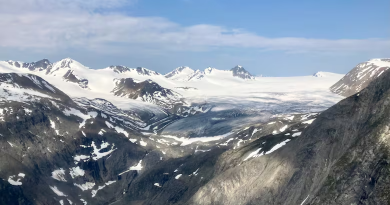Blog – After Arctic Circle conference unfolds in Iceland, American tourists and soldiers head north
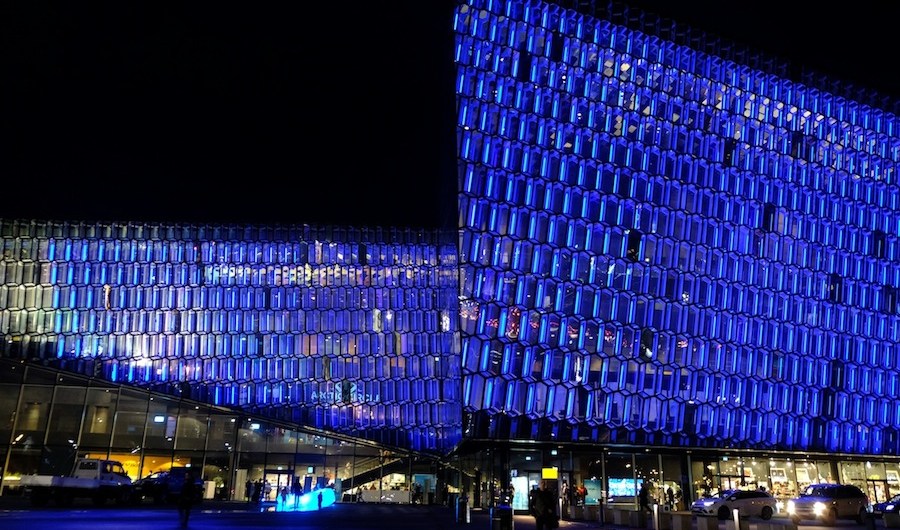
Two weeks ago, Arctic Circle, the region’s largest annual gathering, took place for the fifth year in a row in Iceland’s cozy capital. Two thousand participants from government, business, academia, and a range of other sectors drank way too much coffee while listening to plenary speeches that echoed sentiments expressed in previous years.
At the crowded reception held the evening before the conference kicked off, the esteemed silver-haired former president of Iceland, Olafur Ragnar Grímsson, somewhat predictably extolled the virtues of a “Global Arctic.” Yet this time, it was different. For the first time, the former president noted, a Japanese foreign minister would grace the conference with his presence.
True to form, the next morning, as jet-lagged delegates rolled out of bed for the 8:30 am kick-off, Taro Kono delivered a speech in which he outlined Japan’s “Ideal Arctic:” one where environmental change is understood, sustainable economic development is pursued in concert with Indigenous peoples, and the rule of law is respected.
Along with the novelty of a Japanese foreign minister at the conference, there was also greater and more high-level Indigenous participation. Plenaries on topics ranging from cooperation between Indigenous peoples in the Arctic and South Pacific to promote sustainable fisheries to the role of Indigenous corporations in the development of the North American Arctic showcased their increasing (and much needed) ability to contribute to discussions about the future of the Arctic.
Generally, still, the topics debated at Arctic Circle resembled those of the past couple of years. But outside of the glittering Harpa opera house and conference center, the situation in the Arctic differed dramatically. Simply put, there were more Americans in the streets and in the seas around Iceland.
An American in Reykjavík
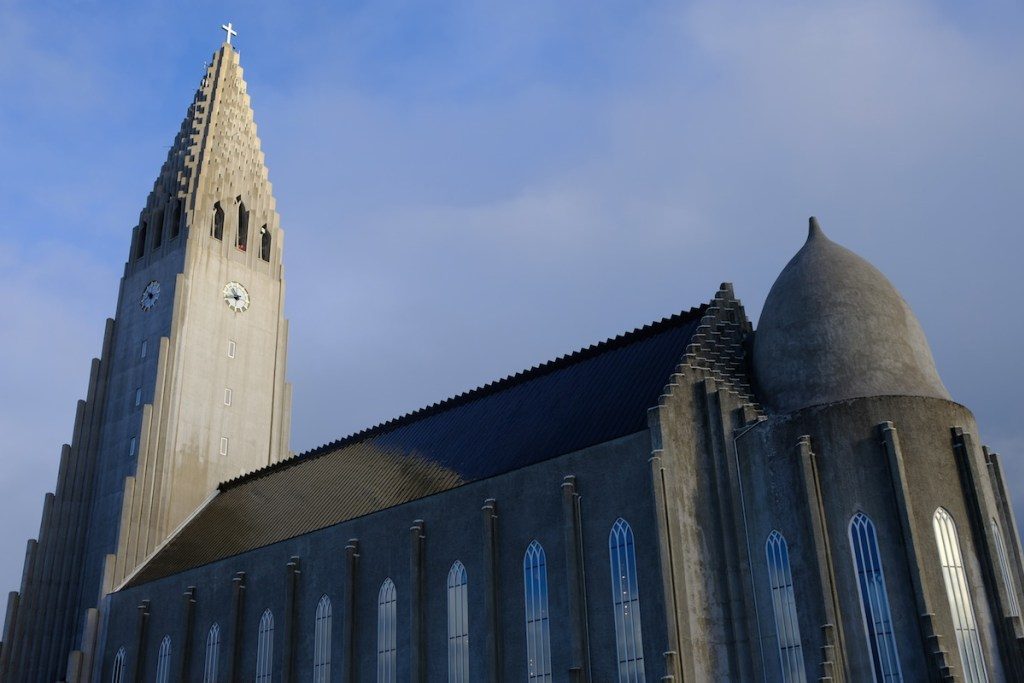
First, Yankees have completely taken over the not-so-mean streets of downtown Reykjavík.
One evening after the conference, I sat in a brewery that had its grand opening in July, Bastarður, feeling a strange sense of dislocation. Was I in Colorado or Iceland? Beards and IPAs are popular in both places, so I was unsure until I received the bill: about $12 for a pint. I was definitely not in Kansas anymore.
Were it not for the eye-watering prices, the sight of the distinct Hallgrímskirkja, the iron-gray Lutheran church designed to resemble Iceland’s basalt lava rocks, and the intoxicating scent of freshly baked vanilla danishes wafting out of Brauð & Co. bakery that will make you instantly forget you already had breakfast, I would hardly have known I was outside the Midwest. Closing my eyes did little either, for I could still hear the hard r’s of American accents everywhere.
Iceland’s airlines struggling to survive
Neon windbreakers and hiking boots fresh from Amazon Prime were the uniform of choice for tourists blown halfway across the Atlantic, likely on one of Wow Air’s unfathomably cheap and most definitely environmentally unsustainable flights. (In fact, $99 flights to St. Louis and Cleveland are too good to be true: these routes will soon be cancelled, along with Cincinnati, Dallas, and, surprisingly, JFK.)
At Arctic Circle, rumors were going around that Wow Air could fold by Christmas. It would not be alone if it did so, for a number of low-cost carriers are predicted to fold before the new year. A bankruptcy of the budget Icelandic airline would deal a nasty surprise to Americans who have taken to turning Reykjavik into a weekend “city-break,” a practice at which previously only Europe’s easyjet generation excelled.
Fortunately for Wow Air, the airline has managed to obtain a 60 million euro bond (albeit with a whopping 9% interest), so this should see its operations through for a possible 18 months if conditions remain stable. Icelandair, too, faces profitability issues, and its CEO stepped down in August over poor earnings forecasts.
As fuel costs remain high and visitor numbers plummet, the picture does not look good for Iceland’s aviation and tourism industries – nor all the AirBnBs, breweries, and bakeries that have opened their doors as a result.
Defiantly, with seemingly few lessons learned from the Icelandic banking crisis ten years prior, Keflavík Airport is expanding with the help of a $120 million loan from the European Investment Bank. Meanwhile, Icelandic airport authorities happily predict 13.8 million passengers will be passing through the brennivín-filled duty free shops by 2040 (an increase from a little over five million today).
But maybe by the next time Arctic Circle rolls around – and particularly if Wow Air and Iceland Air have scaled back operations – Iceland’s nightlife will go back to feeling more rundtur and less frat party. Even the Instagram crowd, I heard, is getting sick of Iceland. One too many perfectly-cropped waterfalls fine-tuned in Adobe Lightroom, perhaps. Onto the misty and mysterious Faroe Islands, then.
Word on the street was also that Germans had stopped coming since they only appreciate “pure” landscapes, and Iceland, sadly, no longer counted in their eyes. With reportedly too much public urination and defecation across the country’s glacially carved landscapes for their tastes, Germans kitted out in Jack Wolfskin waterproofs are probably headed for somewhere like Canada’s Yukon or Northwest Territories. In fact, I met a surprising number of people with names like Hans and Gertrude during my travels there in 2016 and 2017. These folks have likely taken advantage of Condor Airline’s improbable direct flight in summer from Frankfurt to Whitehorse.
For this author – herself an American in Iceland – the icing on the cake occurred just as I was about to head home from a supposedly more “locals-only” bar to which some of us conference-goers had migrated. I was gathering my coat when suddenly someone tapped me on the shoulder. “Mia?” he quizzed.
It was my old coworker from New York City.
The U.S. military enters the Arctic

Apart from the transformation of Reykjavik into a Midwestern college town, the seas around Iceland have turned into a NATO pond for the next several weeks. The American-dominated military organization is running operation Trident Juncture in an area centered on central and northern Norway stretching from Iceland to the Barents and Baltic Seas. A total of 50,000 troops (14,000 of them from the U.S.) are participating from all 29 of NATO’s member states in the simulations, which are meant to test readiness in the case of an attack by a conveniently unnamed aggressor. Much to Russia’s consternation, Ukraine is also partaking.
Underscoring the resurgence of the Arctic in Western military planning, a U.S. navy carrier, the nuclear-powered Harry S. Truman, has sailed north of the Arctic Circle for the first time since September 1991 – coincidentally, just three months before the Soviet Union came crashing down. In a short video about how the U.S. Navy and Marines are “relearning how to fight in the cold,” Rear Admiral Brad Skillman notes, “We haven’t really operated in the High North in 25 years. So for us to go back and do that again, it’s gonna really shake the rust off and flex a lot of muscles we haven’t used in a long time.”
From the street in front of the conference venue, it was possible to see the antenna of a U.S. ship perched above the water. Two American vessels had docked in Iceland after sustaining damage in rough seas on their way to Norway to participate in Trident Juncture. (Ironically, these two vessels are part of the three-ship group that Rear Admiral Skillman was talking about in the aforementioned video.) Apparently, a long line of Icelanders had formed to wait for brief tours of the vessel, which the U.S. military had opened to the public.
The NATO exercises can be interpreted partly as a reaction to last month’s Russian war games. Near the border between Russia and China, Moscow led the country’s largest military exercises since the Cold War, dubbed “Vostok (East) -2018″. Chinese and Mongolian troops participated in the operations, too, bringing the total headcount to 300,000 – effectively, the entire population of Iceland.
Predictably, Russian authorities have reacted poorly to Trident Juncture. Russian Foreign Ministry Spokeswoman Maria Zakharova explained, “Reckless saber-rattling in this previously calm region can have far-reaching consequences, and not through any fault of ours.”
More worrying than these military exercises for Russia is perhaps U.S. President Donald Trump’s announcement last week that the country will pull out of the 1987 Intermediate-range Nuclear Forces (INF) treaty, which prohibits nuclear missiles with ranges from 500-5,500km from being launched from the ground. Russian political analyst Dmitry Suslov remarked on television,
In previous years, the Arctic has seemed to be a bright spot for cooperation between Russia and the West, but even there, the skies seem to be darkening now. Hopefully the red glare of nuclear-tipped rockets will not be lighting them up anytime soon.
Meanwhile at the Arctic Circle
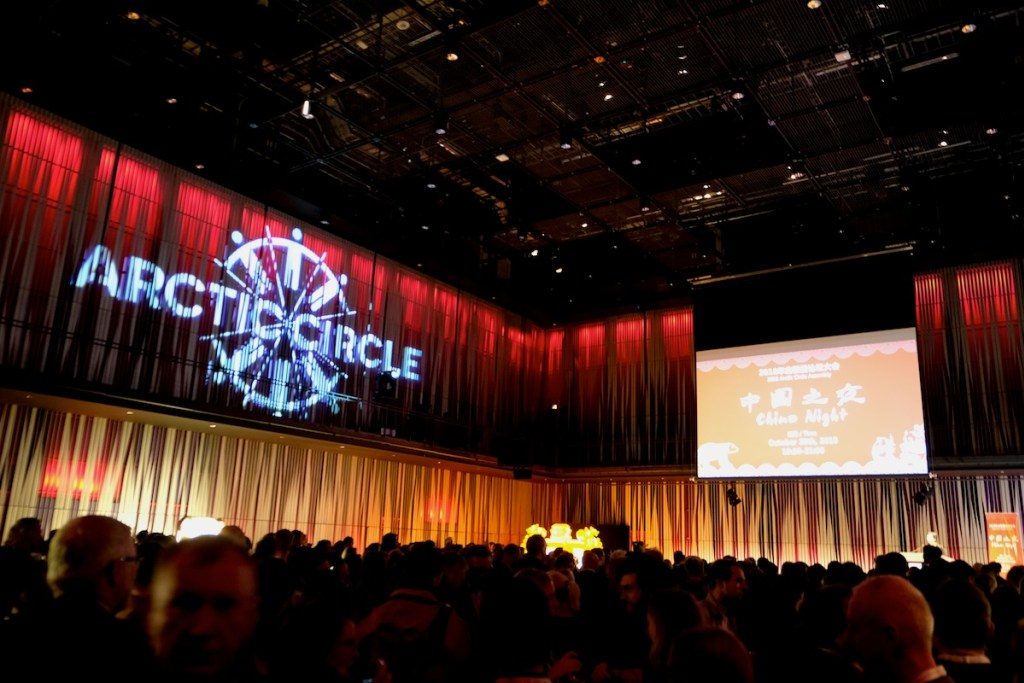
While the discussions inside the Arctic Circle conference venue rehashed previous years’ dialogues, one event in particular did speak to a sea change that has occurred in the region in recent years: the unstoppable rise of China.
On Saturday, the stage lighting turned from icy blue to red in honor of “China Night.” Overly salted spring rolls and glazed shrimp replaced the Nordic hor d’oeuvres, and tonal incantations of Tang Dynasty poetry substituted for the soothing sing-song speeches of the former Icelandic president. I wasn’t quite sure what to make of the stage acrobats or Chinese wine, or the fact that the servers all seemed to be members of the Chinese delegation, including government representatives, rather than local Icelandic staff.
China Night should not be seen as a complete anomaly, however. The 2015 Arctic Circle conference celebrated Korean Night, while last year saw Japan Night with “shamisen and enka performances.”
I had to leave on Sunday afternoon, where the lines at Keflavik airport were longer than I had ever experienced. It took twenty minutes to go through security – worse than many American airports. A bored Icelandic employee in her early twenties asked each passenger for his or her nationality before they got up to the x-ray machines, a practice that continues to baffle me and which I am secretly glad continues, if only as a funny quirk of flying through KEF. Shortly before my flight was meant to board, I put my laptop and bag on the scanner as Alaska Senator Lisa Murkowski stood next to me in line. Small place, Keflavik Airport.
A few hours after I arrived back in Hong Kong, the next day, in a post-conference event, the China-Iceland Aurora Observatory (CIAO) opened in Karhóll, about an hour east of Akureyri, Iceland’s second city on its north coast. The observatory has been built on land leased by the Polar Research Institute of China. I’ve heard that the scientific need for the observatory still hasn’t been entirely justified, and that Chinese scientists will conduct a good portion of the research remotely from Shanghai. CIAO’s official website vaguely offers, “The visitors centre will be a very welcome addition to the existing flora of service and recreation possibilities in the vicinity.”
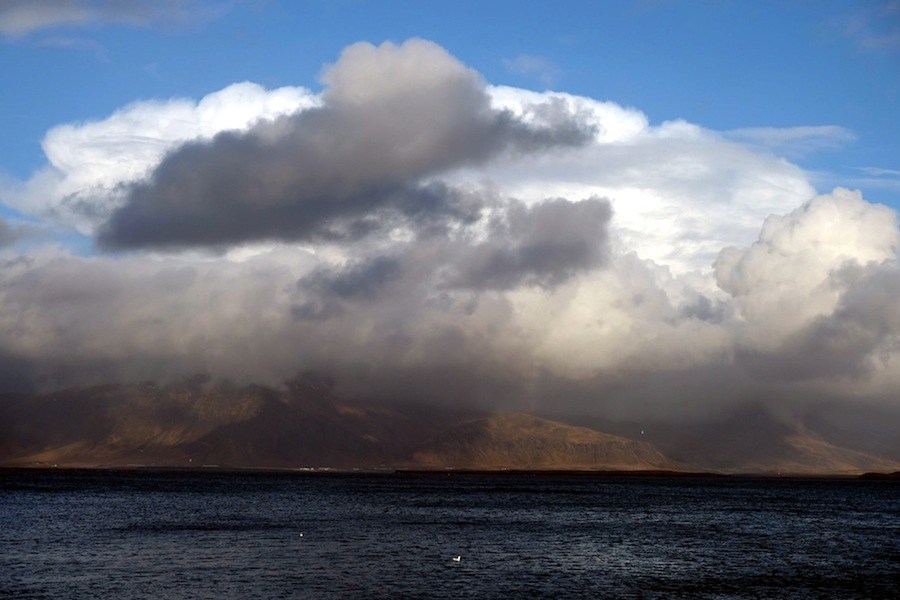
Regardless, hopefully some interesting observations about the northern lights can be made during the rare occasions when the clouds part over the North Atlantic. For while some things may have changed in Iceland, one thing is still constant: the relentlessly miserable weather. This passage from Icelandic Nobel Laureate Halldór Laxness’ Independent People accurately describes the conditions for the entirety of this year’s conference:
This post first appeared on Cryopolitics, an Arctic News and Analysis blog.
Related stories from around the North:
Canada: Nearly 2,000 Canadian troops take part in NATO’s largest exercise since Cold War, Radio Canada International
Finland: Major expansion planned for Northern Finland’s airports, Yle News
Iceland: Arctic tourism in the age of Instagram, Eye on the Arctic special report
Norway: Trident Juncture: Nordic nations stress importance of regional defence, Moscow worries about stability, The Independent Barents Observer
Russia: World’s first round-the-Arctic luxury cruise could set sail in 2020, The Independent Barents Observer
Sweden: Growing number of Swedes choose train travel over flying to reduce pollution, Radio Sweden
United States: When the ice melts, what will happen to Arctic tourism?, Cryopolitics Blog




